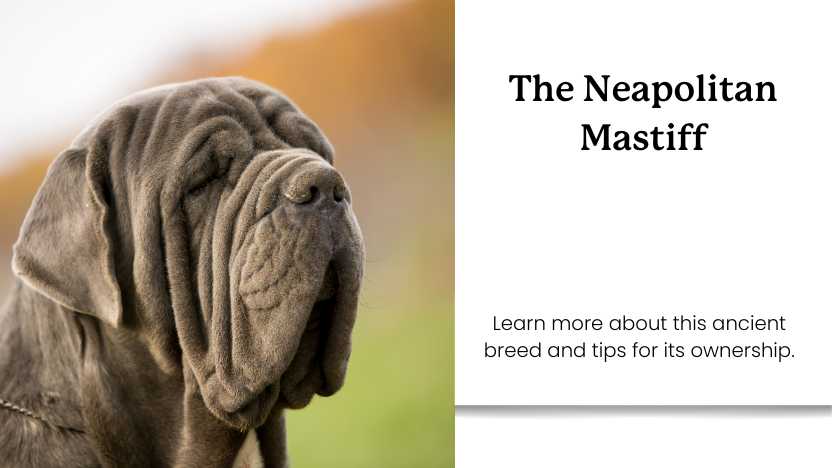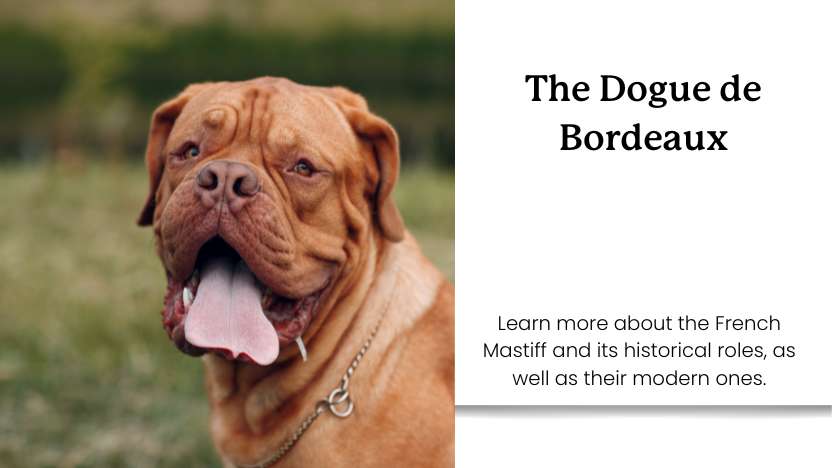The St. Bernard was bred to be a working dog in the truest sense—developed by monks in the Swiss Alps to rescue travelers stranded in snow and avalanches. These gentle giants have long been symbols of strength, kindness, and unwavering loyalty.
Despite their calm and affectionate nature, St. Bernards aren’t the easiest breed for the average owner. Their large size, drooling habits, and unique health risks—especially hip dysplasia—make them better suited to prepared, committed homes. This guide explores the history, temperament, health concerns, and ownership tips for this iconic mountain breed.
Let’s begin.
The History of St. Bernards
The origins of the St. Bernard stretch back more than a millennium to the treacherous mountain passes of the Swiss Alps. These iconic rescue dogs owe their name and purpose to the Great St. Bernard Hospice, a refuge established around 1050 CE by Augustinian monks to aid travelers braving the perilous route between Switzerland and Italy. By the late 17th century, the monks began keeping large mountain dogs, not only as guardians and companions but also as invaluable search-and-rescue animals.
The breed’s deeper ancestry likely traces to Molosser-type dogs brought over the Alps by Roman armies during their conquest of the region nearly 2,000 years ago. These powerful dogs, known for their strength and resilience, interbred with native Alpine breeds. Over generations, the hospice monks selectively bred these dogs for key traits: muscular builds, keen scenting abilities, and an uncanny instinct for locating people buried in snow.
By the 1700s, St. Bernards had become renowned for their lifesaving work. Often working in pairs or small groups, one dog would seek out the stranded traveler, while another would return to the hospice for help or remain to provide warmth and companionship until rescuers arrived. Historical records credit these dogs with saving over 2,000 lives during their service.

The familiar image of a St. Bernard carrying a small cask of brandy around its neck—meant to revive frostbitten victims—is largely a romanticized myth popularized by 19th-century art. In truth, their heroism required no props: only their power, intelligence, and loyalty in some of the harshest environments known to man.
St. Bernards Today
In the modern world, St. Bernards are more likely to be found on couches than mountainsides. They’re beloved family companions, therapy dogs, and gentle protectors of the home. Their calm demeanor and friendly disposition make them excellent with children and other pets when properly trained and socialized.
Still, their sheer size and specific health needs mean that prospective owners should do their research and be ready for the responsibilities that come with owning a giant breed.
St. Bernard Temperament & Personality
St. Bernards are known for their easygoing, affectionate personalities. They’re typically gentle, patient, and incredibly loyal—earning them a reputation as “nanny dogs” in some households.
They’re slow to mature, often acting like oversized puppies for the first few years. They tend to be friendly with strangers and very affectionate toward their families, though their size means they should be taught basic manners from an early age.

Despite their origins as rescue dogs, most St. Bernards don’t need intense physical activity. They enjoy daily walks and some outdoor time but are generally content with moderate activity levels—making them surprisingly good fits for laid-back households with room to accommodate their size.
Common Health Issues in St. Bernards
St. Bernards, like many large and giant breeds, are especially prone to hip dysplasia. This is a developmental condition where the hip joint doesn’t form correctly, leading to abnormal movement, joint degeneration, and arthritis over time.
Unfortunately, due to their size and growth patterns, St. Bernards are among the most at-risk breeds for this condition. Without early support and management, hip dysplasia can significantly reduce mobility and quality of life.
Additional health concerns include:
- Elbow dysplasia – similar to hip dysplasia but affecting the front limbs
- Bloat (gastric torsion) – a serious, potentially fatal condition common in deep-chested dogs
- Heart issues – including dilated cardiomyopathy
- Eye problems – such as entropion and ectropion, where the eyelids roll inward or outward
Supportive care, including joint-supportive supplements like CBD, maintaining a healthy weight, and working with a vet familiar with giant breeds, can go a long way in preserving the health of a St. Bernard.
Is a St. Bernard Right for You?
There’s a reason St. Bernards have captured hearts for centuries—they’re loyal, kind, and full of quiet dignity. But they aren’t for everyone. Their large size means higher food costs, unique health risks, and a need for ample space. Their grooming needs and drooling tendencies can also be a dealbreaker for some households.
That said, if you’re ready to meet their needs, you’ll gain an unforgettable companion. A well-cared-for St. Bernard offers unmatched love, loyalty, and a presence that turns heads wherever they go.










